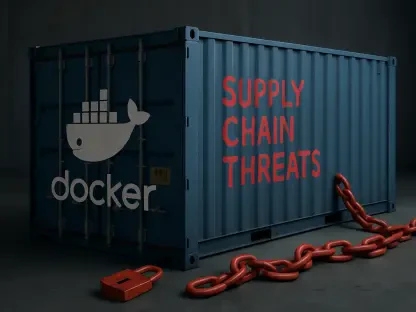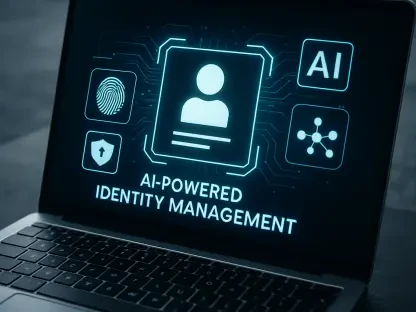In an age where our daily lives are interwoven with digital technology, consider this: a single cyberattack can disrupt global economies, expose millions of private records, and even compromise national security. The vast scale of cyber threats is underscored by the unsettling statistic that there are over 2,200 cyberattacks happening every day. This relentless barrage reveals the vulnerability of individual defenses and underscores an urgent call for comprehensive collaboration in cybersecurity.
Navigating the Complexity of Cybersecurity
Cyberattacks are not only becoming more frequent, but they are also increasingly sophisticated. This evolving threat landscape has transformed how we view cybersecurity. Rather than relying on isolated efforts, there is a growing recognition that collaboration is crucial. As technology continues to advance, the need for seamless cooperation between stakeholders becomes more critical, encompassing everything from safeguarding personal data to protecting vital corporate and governmental information.
Evolving Collaborative Tactics in Cyber Defense
The shift from isolated defenses toward coordinated responses is pivotal in the current cybersecurity industry. Public-private partnerships are emerging as powerful allies, providing a robust framework for exchanging threat intelligence. These alliances ensure a two-way flow of information—government bodies share valuable, declassified threat intelligence while private entities offer real-time insights from their infrastructures. Advancements in intelligence sharing, through frameworks such as MITRE ATT&CK, empower organizations to adopt proactive defense strategies. The RSAC Conference exemplified these shifts, with numerous case studies showcasing the effectiveness of collective action against cyber threats.
Expert Opinions on Cybersecurity Collaboration
Industry leaders like Hugh Thompson have publicly stressed the importance of community collaboration in cybersecurity, emphasizing that unified efforts can significantly amplify defenses. Experts are noting an evolution in Information Sharing and Analysis Centers and Organizations (ISACs and ISAOs), which now provide enriched contextual intelligence rather than just basic threat indicators. Insights shared by cybersecurity professionals highlight not just theoretical benefits but practical outcomes, with personal anecdotes underscoring the tangible impacts of these collaborative efforts.
Implementing Collaboration: Strategies and Steps
In practice, fostering collaboration starts within an organization through initiatives like DevSecOps, integrating security at every stage of development. Cross-sector information sharing further enhances defenses by leveraging collective knowledge of how adversaries operate across different industries. Building meaningful partnerships requires establishing trusted frameworks and consistent exchanges, strategically aligning stakeholders for maximal impact. By adopting these practices, organizations can bolster their defenses against ever-evolving threats.
As the world continues to digitally transform, the insights from the RSAC Conference have shown that collaboration in cybersecurity is not just a strategic option—it is a fundamental necessity. Moving forward, actionable steps involve deepening public-private partnerships and enhancing intelligence exchanges, while embracing a culture of security awareness. By embedding these collaborative practices into the fabric of our defenses, organizations can better navigate the intricate landscape of modern cyber threats, ensuring a more secure digital future.









